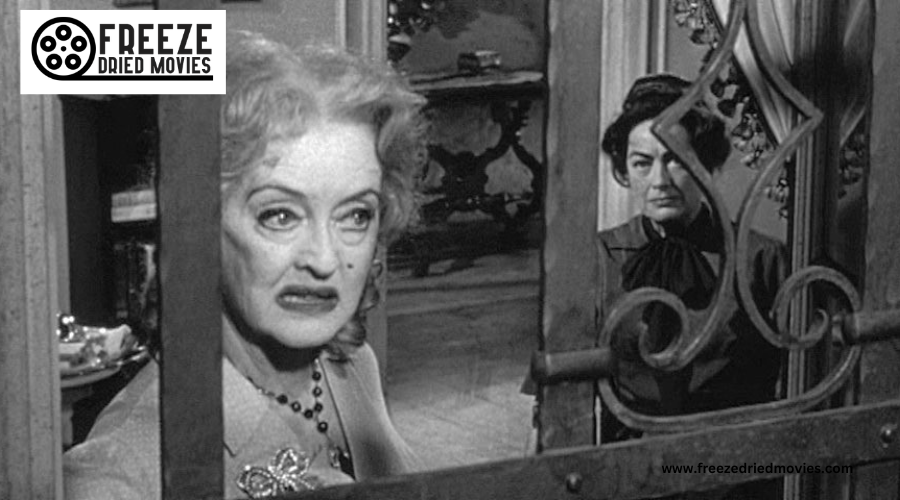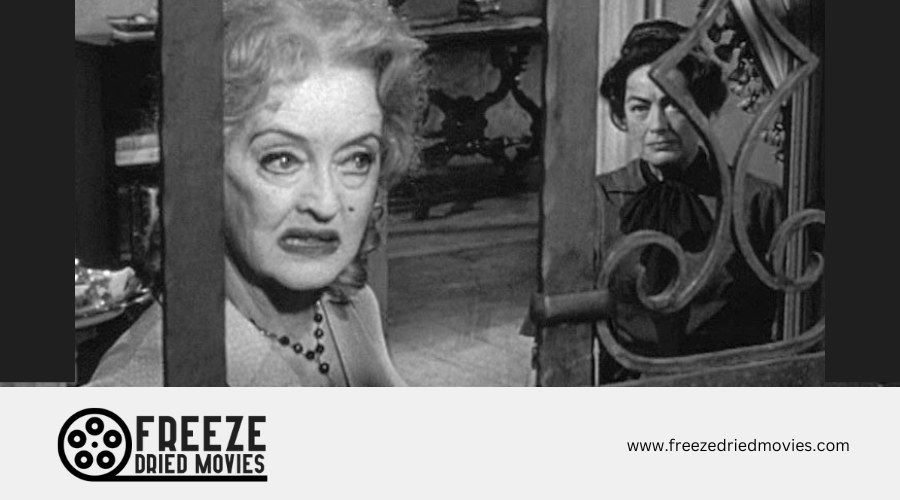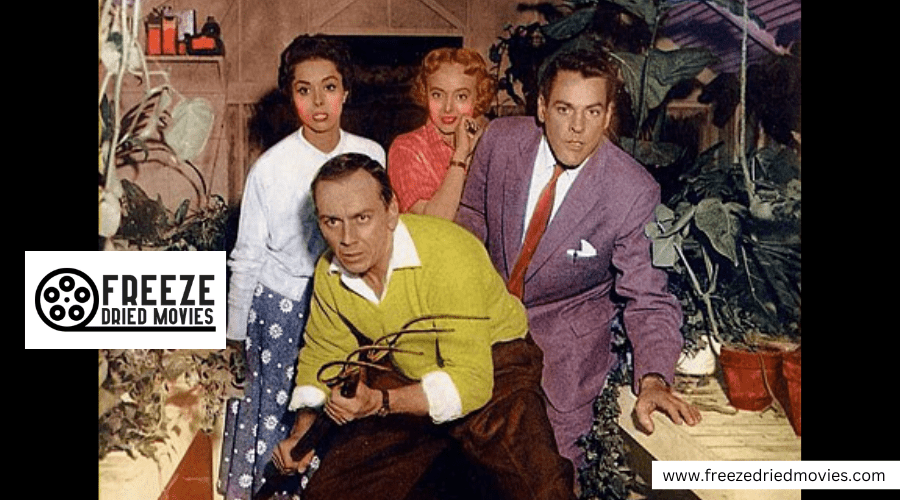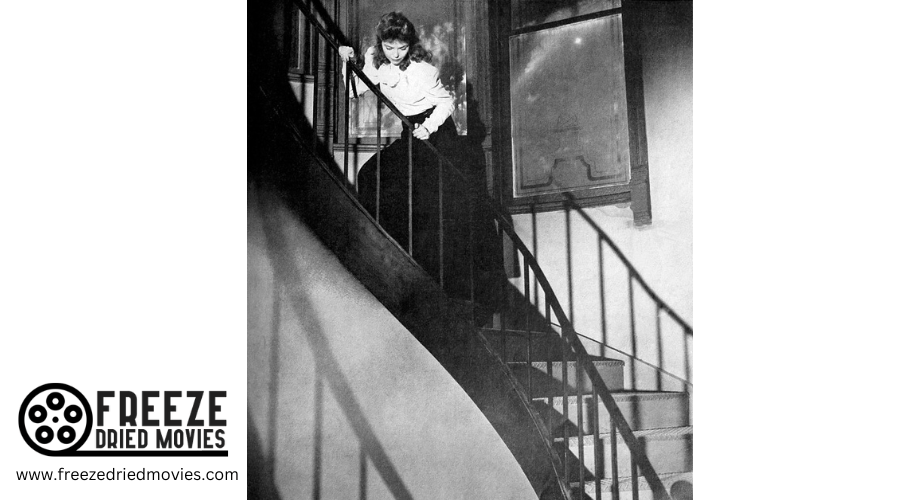Who Directed the First Horror Movie?

Georges Méliès directed the first horror movie, "Le Manoir du Diable" (The House of the Devil), in 1896. As a former illusionist, he pioneered revolutionary techniques like stop motion and double exposures to create supernatural effects in this three-minute silent film. His groundbreaking work established the visual language for horror cinema that filmmakers still build upon today. Méliès' ingenious methods transformed stage magic into cinematic terror, setting the foundation for an entire genre.
Key Takeaways
- Georges Méliès directed the first horror film, "Le Manoir Du Diable" (The House of the Devil) in 1896.
- Méliès, a French filmmaker with a background in stage illusion, pioneered special effects essential to horror cinema.
- "Le Manoir Du Diable" featured supernatural elements including animated skeletons, ghosts, and the Devil himself.
- The film remained lost for decades until its rediscovery in 1977, cementing Méliès' place in horror history.
- Méliès' innovative techniques like stop motion, double exposures, and dissolves created the visual language for horror filmmaking.
Georges Méliès: The Pioneer of Horror Cinema
When tracing the origins of horror cinema, all paths lead to Georges Méliès, the visionary French filmmaker who pioneered the genre in the late 19th century. His 1896 short film "The House of the Devil" is widely recognized as the first true horror movie, establishing conventions that would define the genre for decades.
Méliès' innovative techniques—stop trick, double dissolve, stop motion, and overlapping dissolve—became fundamental tools for creating supernatural effects in horror films. His other early works like "The Haunted Castle" (1897) and "The Cave of the Demons" (1898) further developed the visual language of horror cinema.
These early experiments with horror laid groundwork for the German Expressionism that would later dominate 1920s horror with its distorted visuals and unnatural atmospheres.
Méliès' influence extends through generations of filmmakers, from German Expressionists to Hitchcock, cementing his legacy as the father of horror films.

"Le Manoir Du Diable" (1896): the Birth of a Genre
Masterfully crafted in 1896, Georges Méliès' "Le Manoir du Diable" (The House of the Devil) stands as the definitive first horror film in cinematic history. Though Méliès intended the film to inspire wonder rather than fear, his three-minute creation established the foundation for what would become the horror genre.
You'll notice the film's groundbreaking special effects—Méliès pioneered techniques like stop-motion and double exposures to manifest supernatural elements including skeletons, ghosts, and the Devil himself. These Gothic visuals set a powerful precedent for early horror cinema.
Remarkably, this influential work remained lost until its rediscovery in 1977. The film's supernatural themes and innovative techniques showcased Méliès' visionary approach, cementing his legacy as the originator of horror filmmaking. His silent film techniques would later evolve dramatically when talking pictures changed horror films in the 1930s, introducing growls and roars that revolutionized monster portrayals.

Early Cinematic Techniques in Horror Filmmaking
You'll find these early cinematic techniques laid the foundation for horror filmmaking:
Early pioneers of cinema conjured the impossible through camera trickery, establishing horror's visual language we still use today.
- Stop motion and overlapping dissolve effects by Méliès created supernatural illusions
- Alice Guy-Blaché's "Faust et Méphistophélès" influenced future directors like Hitchcock
- Walter R. Booth and George Albert Smith employed camera tricks to create unsettling moods
- Double exposure techniques allowed ghosts and spirits to materialize on screen
- German Expressionism introduced distorted figures and exaggerated lighting, prioritizing emotion over realism
These foundational techniques would later be refined in films like "Dr. Jekyll and Mr. Hyde" (1908), which stands as one of the earliest true horror movies in cinema history.
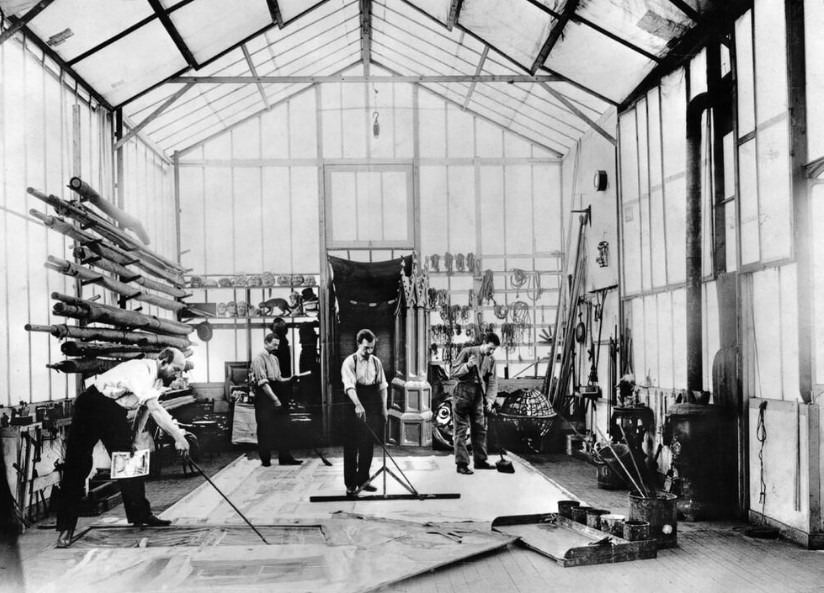
From Illusion to Terror: Méliès' Creative Vision
While these pioneering cinematic techniques created the language of horror, it was Georges Méliès who first assembled them into what we recognize as the horror film. His background as an illusionist perfectly positioned him to translate stage magic into cinematic special effects.
In "Le Manoir du diable," you'll see how Méliès blended stop trick, double dissolve, and other innovations to conjure supernatural beings on screen. His fantastical vision transformed early cinema, populating his three-minute film with animated skeletons, ghosts, and the Devil himself.
Though you mightn't find these effects terrifying by today's standards, they represent the pivotal first step from stage illusion to cinematic horror. Méliès' creative leap established horror film's visual vocabulary that directors still build upon today. While Méliès experimented with horror, D.W. Griffith would later become known for directing "In Old California," considered the first silent motion picture filmed in Hollywood in 1910.
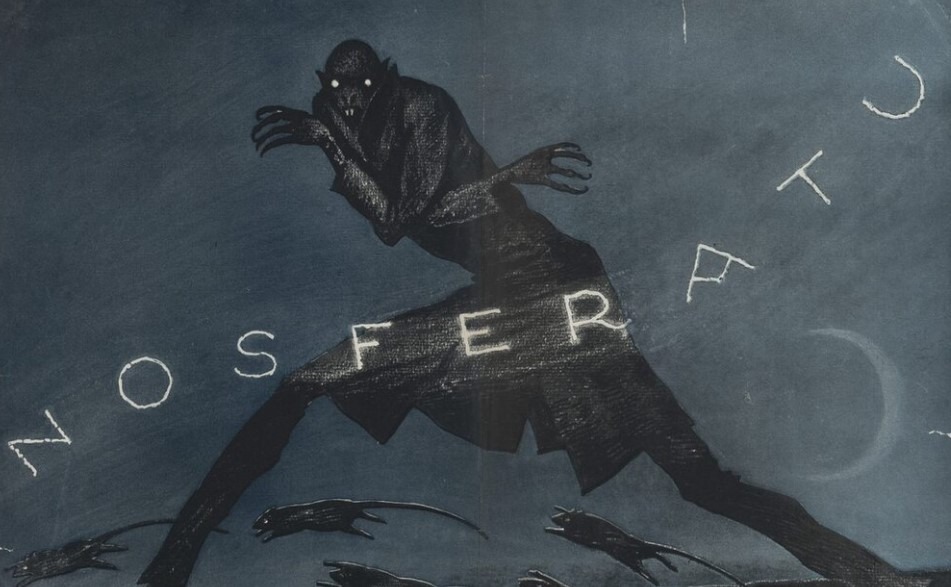
The Evolution of Horror After Méliès
The haunting innovations of Méliès soon gave way to a more sophisticated era of horror filmmaking, particularly through the lens of German Expressionism. This artistic movement revolutionized the horror genre with its distorted visuals and exaggerated emotions that created profound unease.
F.W. Murnau's "Nosferatu" (1922) introduced vampire imagery that still haunts modern cinema. Fritz Lang's "Metropolis" (1927) showcased dystopian elements that expanded horror's thematic range.
German expressionist films used shadow and lighting techniques that became horror staples. The iconic Ghostface killer in "Scream" draws direct influence from expressionist monster designs.
Expressionist horror bridged the gap between early film experiments and Universal Monsters' golden age. You can see expressionist influence throughout horror's evolution, as filmmakers continue drawing from these foundational techniques while pushing the genre in new directions.
The Legacy of Silent Horror Films
How profoundly silent horror films shaped cinema history can't be overstated. Georges Méliès laid the foundation with groundbreaking techniques like stop trick and split-screen in works such as "The House of the Devil."
His contemporaries—Edwin S. Porter, Walter R. Booth, George Albert Smith, and Alice Guy-Blaché—further expanded the genre's vocabulary through their innovative contributions.
German Expressionism revolutionized horror aesthetics in the 1920s, with F.W. Murnau's "Nosferatu" exemplifying the movement's distorted figures and moody lighting. These stylistic choices weren't merely artistic flourishes; they established visual languages that continue influencing modern horror. You can spot Expressionist techniques in contemporary icons like Ghostface from the "Scream" franchise.
This silent era created the blueprint for what followed, directly inspiring the Universal Monsters era and establishing horror as a legitimate cinematic art form.
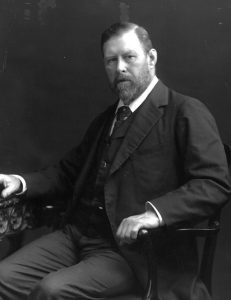
Gothic Influences on Early Horror Cinema
Gothic literature's macabre aesthetics and supernatural themes profoundly shaped early horror cinema, establishing visual and narrative patterns that would define the genre for decades. When you watch early horror films, you'll notice the unmistakable Gothic DNA coursing through their veins.
Bram Stoker's 1897 novel "Dracula" directly inspired F.W. Murnau's landmark "Nosferatu" (1922). Literary adaptations of "Frankenstein" and "Dr. Jekyll and Mr. Hyde" brought Gothic fiction's moral complexities to the screen. "The Hunchback of Notre Dame" translated Gothic architecture and tragic figures into visual storytelling.
German Expressionist filmmakers embraced Gothic fiction's gloomy atmospherics and psychological terror. Gothic tropes—haunted mansions, supernatural entities, and forbidden knowledge—became foundational elements that continued to evolve throughout the silent film era.
How Early Horror Films Shaped Modern Fright
Early pioneers of horror cinema gave us more than just fleeting moments of fright—they established a visual language and technical foundation that modern filmmakers still draw from today. Méliès' groundbreaking techniques like stop-trick and dissolves created the first toolkit for visualizing the supernatural on screen.
The German Expressionism movement pushed these boundaries further, introducing distorted imagery and shadow play that would become horror genre signatures. You can see this influence directly in modern franchises like "Scream," which connects to those early aesthetics while building upon them.
These early films also introduced the powerful use of suspense and shock, exploring transgressive themes that challenged viewers. The artistic foundations they established paved the way for Universal Monsters and continue to inform how filmmakers craft effective horror nearly a century later.

